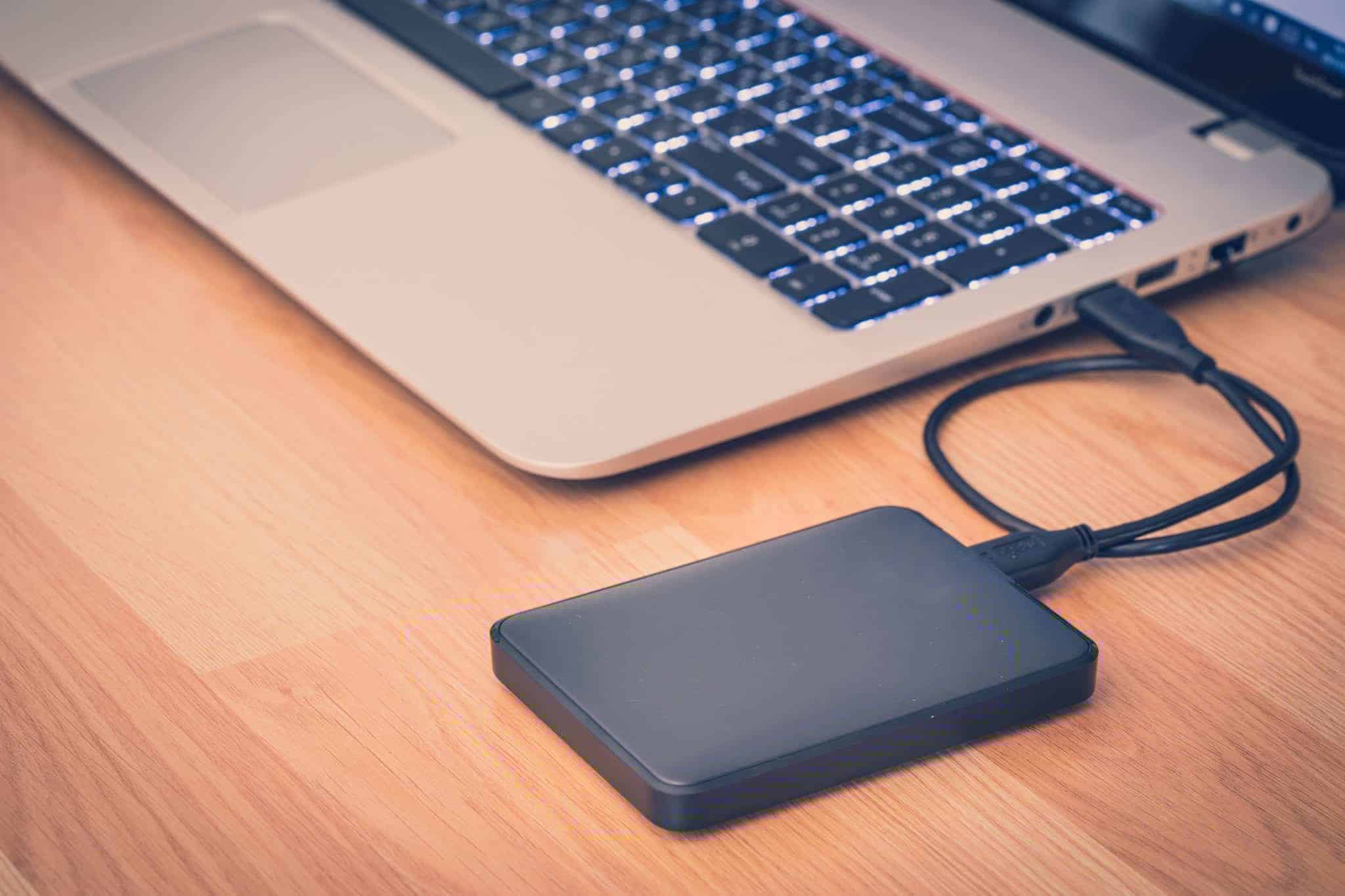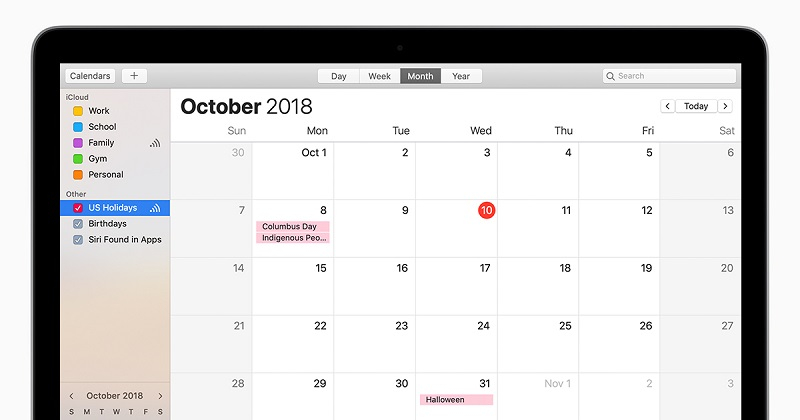

To summarize, a Mac can read from an NTFS disk, but it cannot write to it without a little work and help from third-party NTFS software. A paid option likely entails less work and, as we mentioned earlier, experimental support isn’t reliable in the long term. If you’re hardly comfortable with Terminal, you can choose a paid option for a pain-free way of working with files. In this particular case, it allows you to read-write on a disk that is not writable on default. Enter /Volumes and then click Go.įstab is a hidden file setting preferences for disks, and can be useful for preventing disk partitions from mounting. Get here via Finder: in the menu bar, click Go and choose Go to Folder.

Now, let’s get to a one-time fix of enabling macOS built in experimental NTFS support. Usually you should veer away from this option because it limits drive sizes to less than 32 GB.

Fix mac formated usb drive for windows mac os#
Time Machine backup – Are you using the drive to back up your Mac with Time Machine? Then format the drive to HFS+, which shows up as Mac OS Extended in the Disk Utility GIU.
Fix mac formated usb drive for windows portable#
Portable drive – Are you keen on making a portable drive to use with your Mac and Mac computers alone? Format your drive to HFS with the Mac OS Extended option.Your next step, however, can vary depending on what you want to do with the blank drive: Once you plug in your drive and open Disk Utility, highlight your drive in the sidebar and click Erase, as shown in the instructions above. Click Erase, and then choose exFAT in Format.Įxternal hard drive ‘read only’ issue? Here’s a quick fix.Select the USB drive in the menu found on the left.You can easily format a USB drive or external hard drive as exFAT instead of FAT32. As a rule of thumb, format your drive as exFAT if you are fairly sure that you won’t have a file smaller than 4 GB. Speed – Generally, exFAT drives are quicker at writing and reading data compared to FAT32 drives.exFAT, however, has no limitations on file sizes as well as hard drive sizes, making it the better option for those who are using a portable drive that stores massive files, such as 3D projects. Sizes supported – FAT32 can support files with up to 4 GB in size and can be used as the file system on hard drives that are 8 TB at a maximum.Xbox One, for instance, usually runs into issues with exFAT USB drives formatted on a Mac. exFAT, in contrast, will work fine on 99 percent of devices, but may encounter an issue on certain media players. Devices supported – FAT32 is the most widely compatible file system, working on any OS as well as media players, devices, and video game consoles.Here are some points of comparison to help you decide on which one to go with: Your operating system’s primary hard drive should be the best match for that OS, while USB drives and external hard drives should use either FAT32 or exFAT. Personal computers have seen its evolution from FAT12 to FAT16 to the current FAT32, and then the arrival of exFAT, created with USB drives and external drives in mind. File Allocation Table (FAT) is the oldest of the file systems, hence it can be recognized by every OS out there. Meanwhile, FAT32 and exFAT work with all operating systems just fine. NTFS works flawlessly with Windows, but leaves much to be desired with everything else. macOS is able to recognize as well as read NTFS drives, but it cannot write to them. If you’ve ever tried to format a hard drive as NTFS, you have probably come across a handful of trouble in getting it to work with your Mac or Linux. Mac users are likely to find FAT32 and exFAT as their best options, and for a good reason.

About Outbyte, uninstall instructions, EULA, Privacy Policy.


 0 kommentar(er)
0 kommentar(er)
